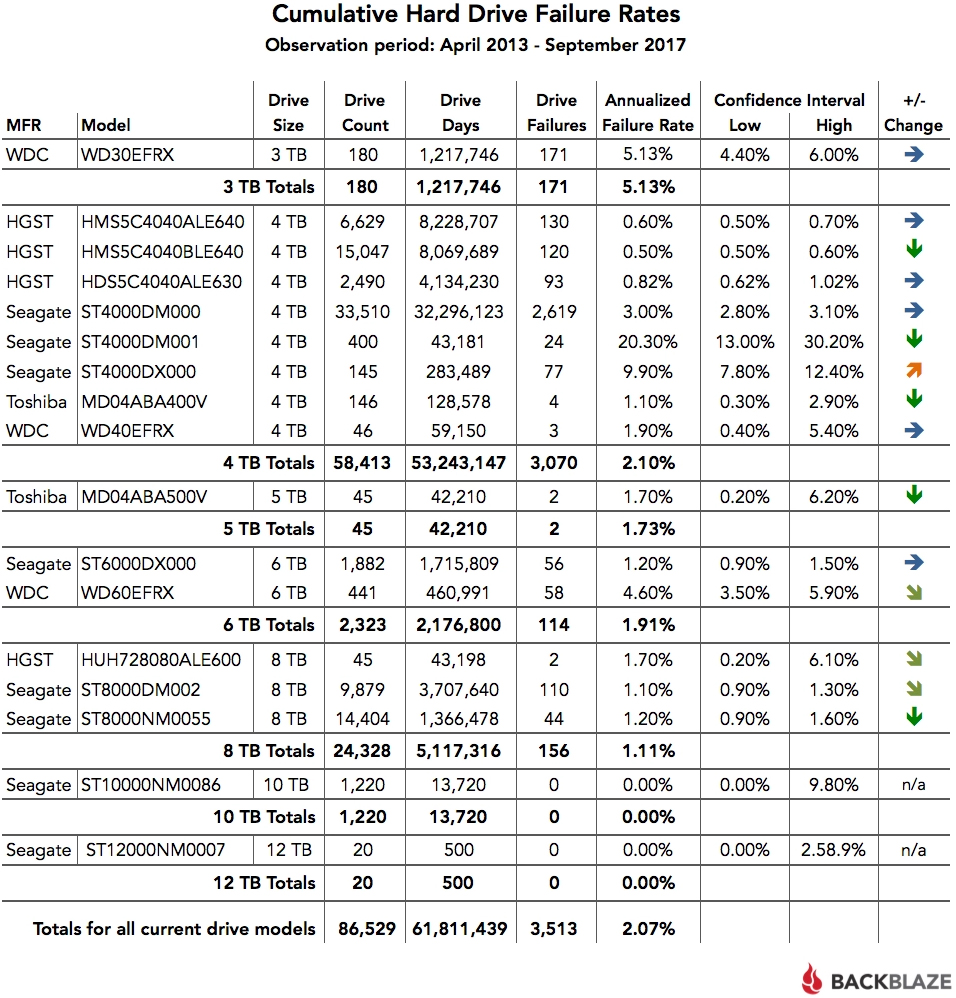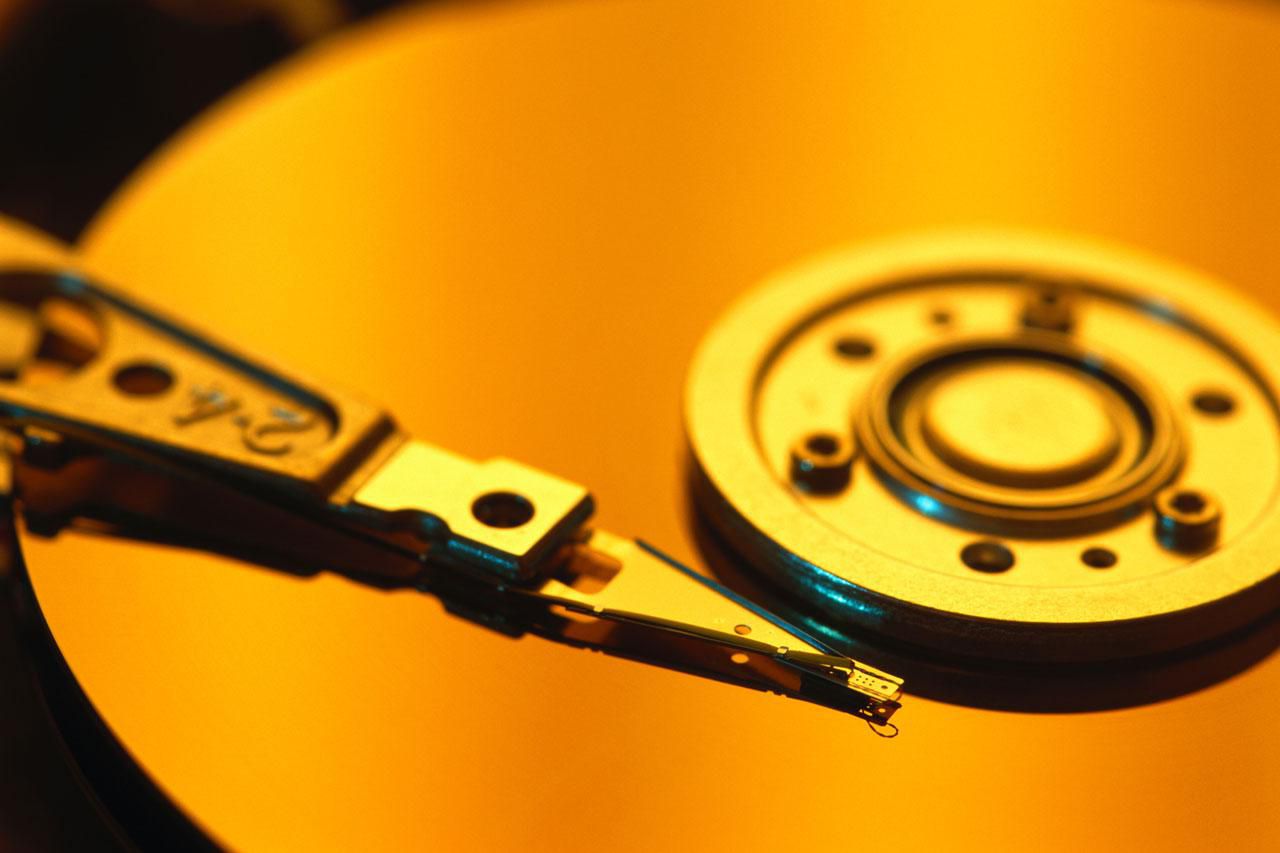Cloud backup and storage services provider Backblaze is in the process of phasing out smaller-capacity hard drives in its data centers in place of denser models. Since its second quarter report, the company has added 9,599 new hard drives and retired 6,221 units (all 3TB and 4TB models), resulting in a net addition of 3,378 drives and bringing the total of HDDs in operation to 86,529. Total storage capacity now sits at roughly 400 petabytes.
Needless to say, with that many drives in play, failure is a somewhat common occurrence.
Fortunately, the company is kind enough to share its drive statistics with the general public, providing valuable insight into the reliability of specific brands, models and capacities.
In the third quarter, Backblaze put 1,220 Seagate 10TB drives (model ST10000NM0086) and 20 Seagate 12TB (model ST12000NM0007) into commission. Remarkably, not a single one has died yet although it is still too early to draw any solid conclusions on them.

Backblaze reports that 1.84 percent of its active drives bit the bullet in the third quarter, its lowest quarterly rate ever. Looking at the annualized failure rate, a whopping 31.10 percent of Seagate 4TB drives (model ST4000DX000) have died in addition to 18.85 percent of Seagate 4TB (model ST400DM001). Furthermore, 282 Seagate 4TB (model ST4000DM000) hard drives tanked although that was out of 33,510 drives in use.
Interestingly enough, Backblaze reports that consumer models of its Seagate 8TB drives (model ST8000DM002) are slightly more resilient than enterprise versions (model ST8000NM0055) with annualized failure rates of 1.1 percent and 1.2 percent, respectively. Enterprise-grade drives are typically thought of as being more reliable but according to Backblaze's data, they're about equal.
As evident by Backblaze's recent migration, storage density continues to increase. Given recent advancements in technology, the trend is only expected to continue into the foreseeable future.
